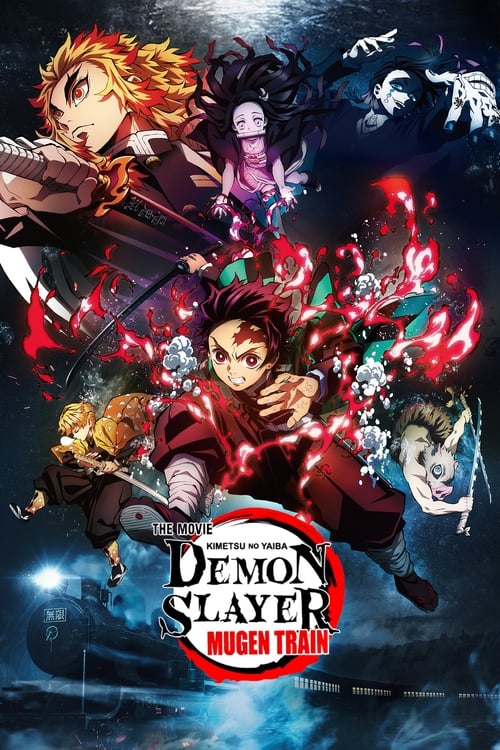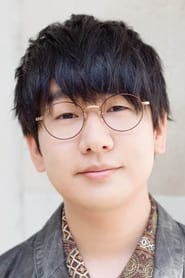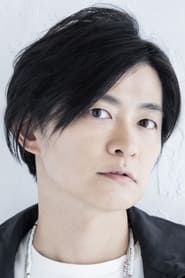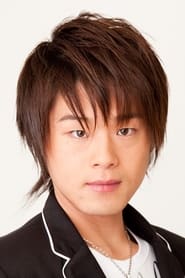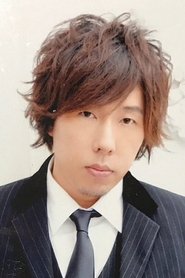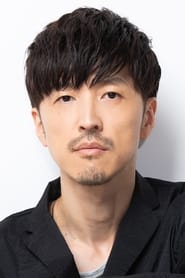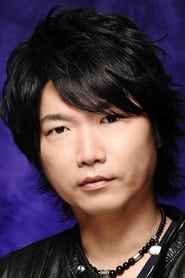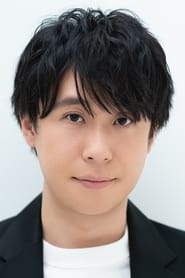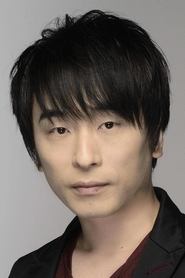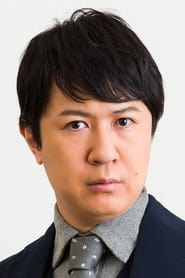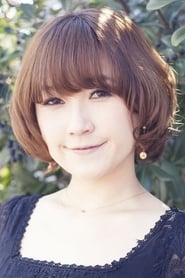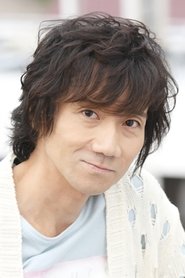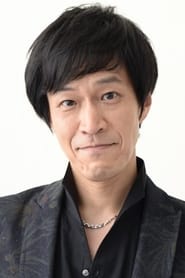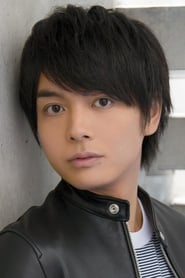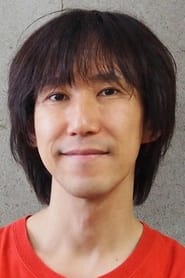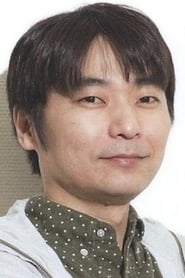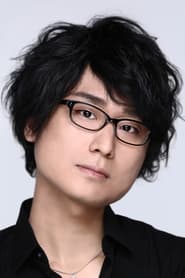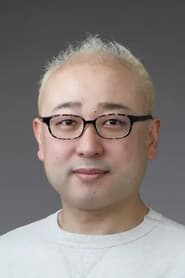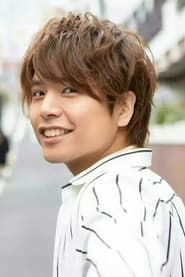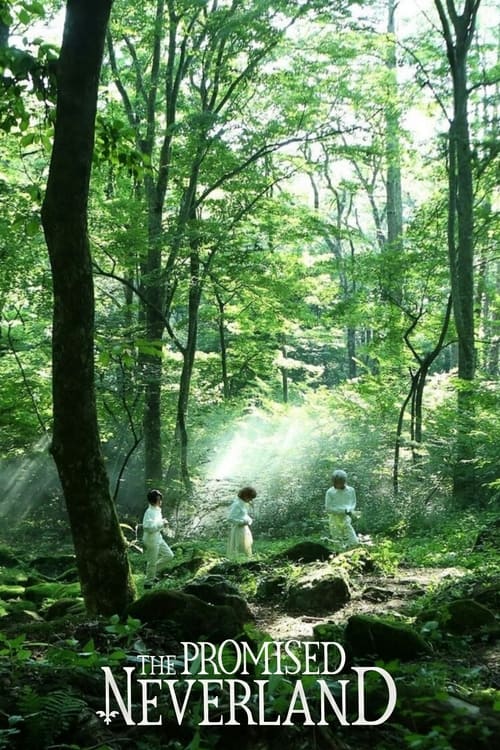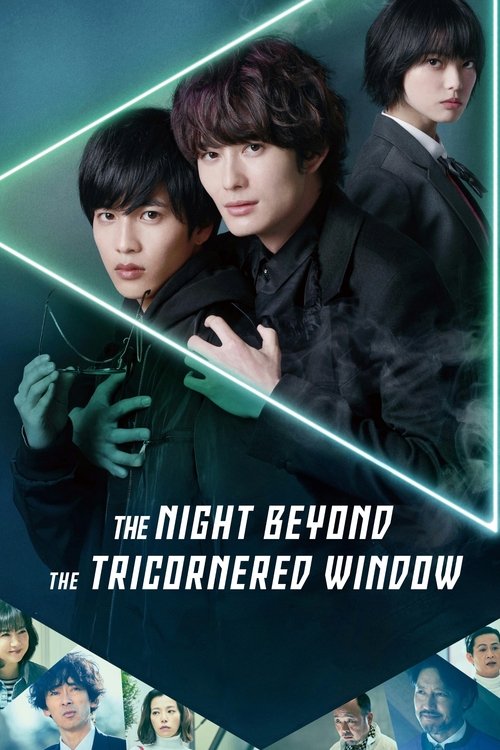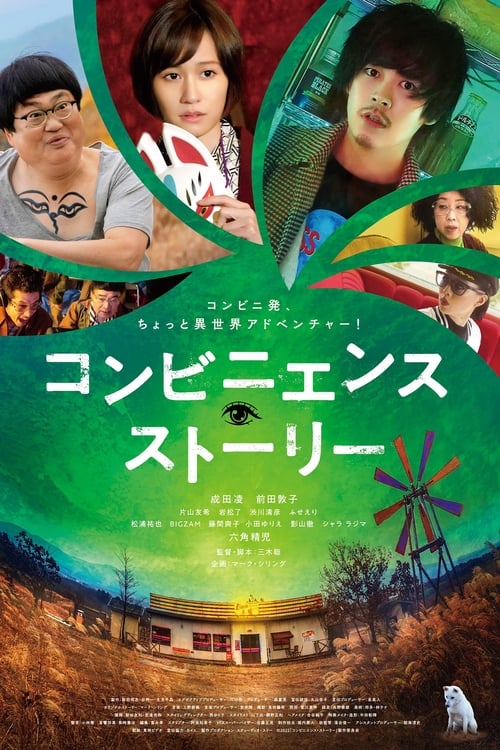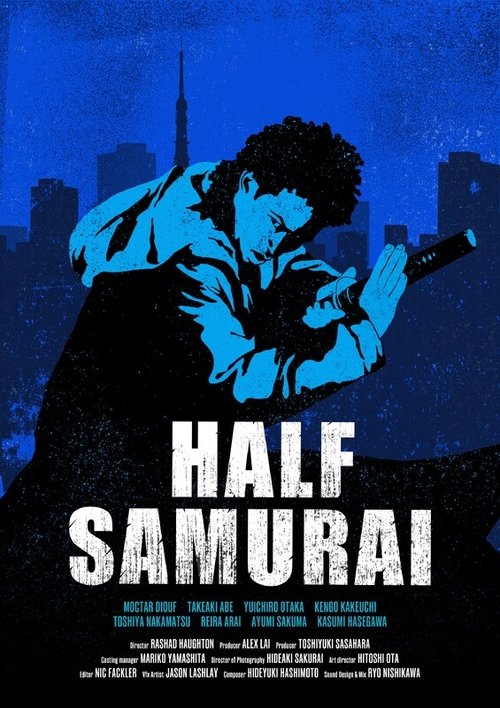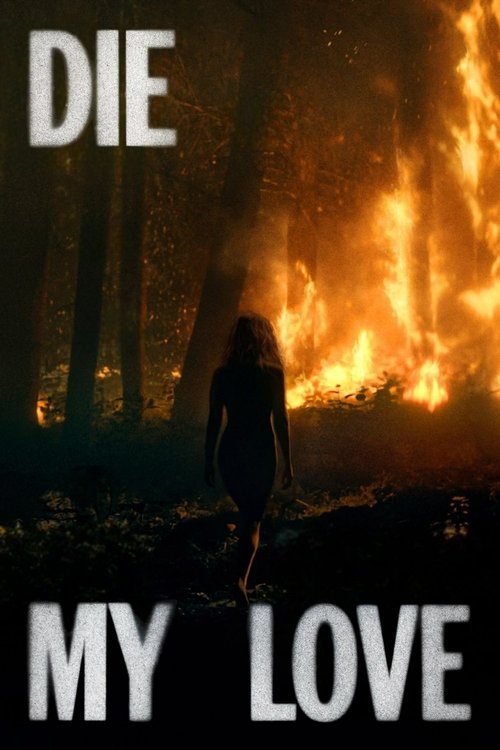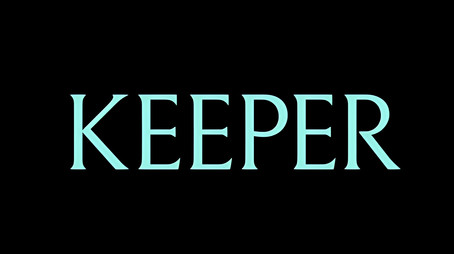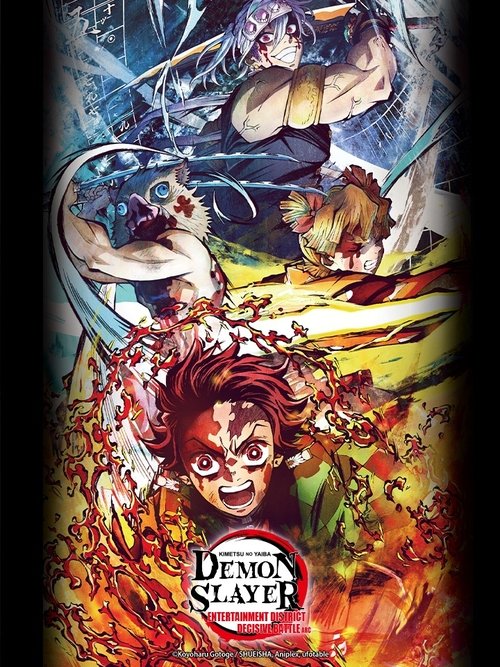
Ask Your Own Question
What is the plot?
The story of Demon Slayer -Kimetsu no Yaiba- The Movie: Mugen Train opens with a somber scene set in a graveyard where Kagaya Ubuyashiki, the compassionate and wise leader of the Demon Slayer Corps, and his wife Amane stand among the graves of fallen Demon Slayers. Kagaya reflects on the heavy toll the war against the demon lord Muzan Kibutsuji has taken on humanity. His voice carries a solemn yet resolute message: though many have perished, the human spirit will always rise to meet the darkness. This moment sets a grave and determined tone for the tale that follows, underscoring the sacrifices made in this brutal conflict.
Shortly after, the focus shifts to the Mugen Train, a luxurious express train traveling through the mountainous regions of Taisho-era Japan. Here, Tanjiro Kamado, his demon sister Nezuko Kamado, and their friends Zenitsu Agatsuma and Inosuke Hashibira board the train with a clear mission: to assist the Flame Hashira, Kyojuro Rengoku, in investigating and eliminating a demon threat onboard. The camaraderie between the group is palpable, with Inosuke humorously mistaking the train for a great beast, adding lightness to the tense atmosphere.
Kyojuro Rengoku, the epitome of fiery spirit and unwavering resolve, greets them aboard the train. His charismatic presence and commanding skill are immediately evident when two demons suddenly appear. Without hesitation, Kyojuro unleashes his Flame Breathing techniques, swiftly dispatching the demons with a dazzling display of swordsmanship that leaves Tanjiro and his friends in awe. Kyojuro's confidence and warmth inspire the younger Demon Slayers, especially Tanjiro, who shares with him the story of his father's Hinokami Kagura dance--a fire-based breathing technique passed down in his family.
As the train speeds through the night, an eerie calm settles over the passengers. Unbeknownst to the Demon Slayers, the true threat is Enmu, Lower Rank One of Muzan's Twelve Kizuki, a demon with the terrifying ability to manipulate dreams. Enmu boards the train disguised among the passengers and uses his Blood Demon Art to send everyone into a deep, unnatural sleep. His plan is sinister: by invading the dreams of the Demon Slayers, he aims to destroy their spiritual cores, the essence of their life force, thereby killing them without physical confrontation.
Within their dreams, each Demon Slayer experiences a vivid, idealized reality tailored to their deepest desires and vulnerabilities. Tanjiro finds himself walking through a snowy landscape near what appears to be his old home. He is overwhelmed with emotion as he reunites with his deceased family--his mother Kie, his father Tanjuro, and siblings Hanako, Shigeru, Takeo, and Rokuta--all alive and well. The joy is bittersweet, as Tanjiro's heart aches with the memory of his real loss. Zenitsu's dream is a peaceful fantasy where he happily spends time with a human version of Nezuko, free from the dangers of their world. Inosuke imagines himself as a fearless leader, surrounded by goofy animal versions of his friends, preparing to battle a monstrous spider-like train. Kyojuro's dream transports him to his childhood, where he interacts with his strict and unsupportive father Shinjuro and his younger brother Senjuro, revealing the burdens and motivations that shaped his fiery resolve.
However, these dreams are a trap. Enmu commands four insomniac passengers--children who cannot sleep--to infiltrate the Demon Slayers' dreams and destroy their spiritual cores. The tension escalates as these dream invaders attack, attempting to shatter the very essence of Tanjiro and his comrades. Tanjiro, aided by Nezuko who remains awake and immune to the dream manipulation, gradually realizes the falsehood of his dream. A pivotal moment occurs when Tanjiro's father appears in the dream, urging him to commit suicide to awaken. This shocking and painful revelation jolts Tanjiro awake, breaking the spell.
Awakening aboard the derailed train, chaos reigns. Enmu's sabotage has caused the train to crash violently, endangering all the passengers. The Demon Slayers regroup and confront Enmu in a fierce battle. Despite his dream manipulation powers, Enmu is no match for their combined strength and determination. Tanjiro's Water Breathing and Hinokami Kagura techniques, Zenitsu's Thunder Breathing, Inosuke's Beast Breathing, and Kyojuro's Flame Breathing converge in a spectacular display of combat prowess. Ultimately, they defeat Enmu, ending his nightmare reign over the train.
Just as the group catches their breath, a new and far more formidable threat emerges: Akaza, Upper Rank Three of the Twelve Kizuki, arrives on the scene. His presence darkens the atmosphere instantly. Akaza is a brutal and relentless fighter who revels in combat and seeks to convert strong humans into demons. He challenges Kyojuro Rengoku to a duel, recognizing the Flame Hashira's formidable strength.
The ensuing battle is a breathtaking clash of wills and power. Akaza's overwhelming speed and regeneration push Kyojuro to his limits. Despite grievous injuries, Kyojuro fights with unyielding spirit, his flames burning brighter with every strike. He refuses Akaza's offer to become a demon, declaring, "I will never become a demon. I will protect the people I love with my own strength." The fight is brutal and emotionally charged, with Kyojuro sustaining fatal wounds.
In his final moments, Kyojuro's fiery spirit does not waver. He encourages Tanjiro, Zenitsu, and Inosuke to continue growing stronger and to carry on the fight against the demons. His last words resonate deeply: "Be strong. Believe in your own strength. Protect the ones you love." His death is a devastating blow to the Demon Slayer Corps and to his young comrades, who are left to grapple with the weight of his sacrifice.
The film closes with the aftermath of the battle. News of Kyojuro Rengoku's heroic death spreads throughout the country, inspiring both sorrow and renewed determination among the Demon Slayers. Tanjiro, Zenitsu, and Inosuke, profoundly affected by their loss, vow to honor Kyojuro's legacy by becoming stronger and continuing the fight against Muzan Kibutsuji and his Twelve Kizuki. The camera lingers on the smoldering ruins of the Mugen Train, a symbol of both tragedy and hope, as the sun rises on a new day in their relentless war.
This narrative, rich with vivid emotional moments--from Tanjiro's tearful reunion with his dream family to Kyojuro's blazing final stand--builds tension through the escalating threats of Enmu's dream manipulation and Akaza's brutal assault. The story's seamless transitions from moments of warmth and hope to intense action and heartbreak create a powerful and unforgettable experience that honors the sacrifices of the Demon Slayer Corps and sets the stage for the battles yet to come.
What is the ending?
In the ending of "Demon Slayer -Kimetsu no Yaiba- The Movie: Mugen Train," Tanjiro, Nezuko, Zenitsu, and Inosuke confront the powerful demon Enmu aboard the Mugen Train. After a fierce battle, they manage to defeat him, but not before he unleashes a final attack that leads to the appearance of Akaza, a higher-ranking demon. Rengoku, the Flame Hashira, engages Akaza in a brutal fight, showcasing his strength and determination. Despite Rengoku's valiant efforts, he is ultimately mortally wounded. In his final moments, he encourages Tanjiro and his friends to continue fighting against demons. The film concludes with Tanjiro and his companions mourning Rengoku's death, vowing to honor his legacy and continue their mission.
Now, let's delve into the ending in a more detailed, chronological narrative.
As the climactic battle unfolds aboard the Mugen Train, Tanjiro Kamado, Nezuko Kamado, Zenitsu Agatsuma, and Inosuke Hashibira find themselves facing Enmu, the Lower One demon. Enmu has the ability to manipulate dreams, and he uses this power to trap the passengers of the train in a deep slumber, feeding off their life force. The group awakens to find themselves in a surreal dream world, where they confront their deepest desires and fears. Tanjiro dreams of a peaceful life with his family, while Zenitsu dreams of Nezuko loving him. Inosuke, on the other hand, dreams of being the strongest.
However, the bonds of friendship and the will to fight against the demons pull them back to reality. Tanjiro, with his unwavering resolve, breaks free from the dream and rallies his friends. They work together to confront Enmu, who is revealed to be a cunning and formidable foe. The battle is intense, with Enmu using the train itself as a weapon, but the group's teamwork and determination shine through. Tanjiro's Water Breathing techniques, Inosuke's Beast Breathing, and Zenitsu's Thunder Breathing combine to create a powerful offensive against Enmu.
As they finally manage to defeat Enmu, the train begins to derail, and the group is thrown into chaos. Just as they think they have triumphed, Akaza, a member of the Twelve Kizuki, appears. He is a formidable opponent, and his presence shifts the atmosphere dramatically. Rengoku, the Flame Hashira, arrives just in time to confront Akaza, showcasing his incredible strength and fighting spirit. The battle between Rengoku and Akaza is fierce and beautifully animated, with flames clashing against the demon's speed and agility.
Rengoku fights valiantly, embodying the spirit of a true Hashira. He pushes himself to his limits, determined to protect his comrades and uphold the honor of the Demon Slayer Corps. Despite his strength and skill, Akaza proves to be a relentless adversary. The fight escalates, and Rengoku sustains severe injuries. In a moment of desperation, Rengoku unleashes his most powerful techniques, but Akaza ultimately gains the upper hand.
As Rengoku lies mortally wounded, he shares a poignant moment with Tanjiro and his friends. He expresses his belief in their potential and urges them to continue fighting against the demons. His final words are filled with encouragement, emphasizing the importance of perseverance and the bonds they share. Rengoku's death is a heartbreaking moment, filled with emotion as Tanjiro and his friends grapple with the loss of their mentor and ally.
In the aftermath, Tanjiro, Nezuko, Zenitsu, and Inosuke mourn Rengoku's passing. They reflect on his bravery and the lessons he imparted. The film closes with Tanjiro vowing to honor Rengoku's legacy by continuing the fight against demons, solidifying their resolve to protect humanity. The final scenes depict the group's determination to move forward, carrying the weight of their loss but also the hope that Rengoku's spirit will guide them in their journey ahead.
Is there a post-credit scene?
Yes, "Demon Slayer -Kimetsu no Yaiba- The Movie: Mugen Train" features a post-credit scene.
As the credits roll, the scene shifts to a serene setting where Tanjiro Kamado, Nezuko Kamado, Zenitsu Agatsuma, and Inosuke Hashibira are seen resting after their harrowing journey on the Mugen Train. The atmosphere is calm, and the characters are in a moment of camaraderie, reflecting on their experiences and the losses they faced during the battle against the powerful demon Enmu and the Upper Moon One, Akaza.
The scene then transitions to a more ominous tone as it introduces a new character, a figure shrouded in darkness, who is revealed to be a member of the Twelve Kizuki. This character is seen discussing the events that transpired on the train, hinting at future conflicts and the ongoing threat posed by the demons. The scene serves to set the stage for the next arc in the series, leaving viewers with a sense of anticipation and foreboding about the challenges that lie ahead for Tanjiro and his friends.
This post-credit moment encapsulates the blend of hope and danger that characterizes the series, emphasizing the ongoing struggle against the demons while also highlighting the bonds formed between the characters.
What is the significance of Rengoku's Flame Breathing techniques in the movie?
Rengoku's Flame Breathing techniques are central to his character and the fight against the demons on the Mugen Train. His mastery of these techniques showcases his strength and determination as a Hashira, embodying the spirit of a protector. The techniques are visually stunning, with vibrant flames that symbolize his fiery spirit and unwavering resolve. Rengoku uses these techniques to battle Akaza, demonstrating not only his combat skills but also his commitment to saving others, even at the cost of his own life.
How does Tanjiro's character develop during the events on the Mugen Train?
Throughout the Mugen Train arc, Tanjiro's character experiences significant growth. Initially, he is focused on saving his friends and defeating the demon responsible for the train's tragedies. As he confronts the dream world created by Enmu, he grapples with his own fears and desires, showcasing his emotional depth. His determination to protect others, even in the face of overwhelming odds, highlights his growth as a fighter and a person. Tanjiro's empathy and compassion are further emphasized as he interacts with the dreams of his companions, reinforcing his role as a leader.
What role does Nezuko play in the fight against Enmu?
Nezuko plays a crucial role in the fight against Enmu, showcasing her unique abilities as a demon. When the group is trapped in the dream world, Nezuko's blood demon art allows her to break through the illusions and awaken Tanjiro and the others. Her fierce loyalty to Tanjiro and her protective instincts drive her to fight alongside him, demonstrating her growth from a passive character to an active participant in battles. Nezuko's presence also serves as a reminder of the bond between siblings, as she fights to protect Tanjiro and their friends.
What is the nature of the dreams that the characters experience on the train?
The dreams experienced by the characters on the Mugen Train are manifestations of their deepest desires and regrets, created by the demon Enmu. Each character faces a personal dream that reflects their innermost feelings--Tanjiro dreams of a peaceful life with his family, Zenitsu dreams of a romantic relationship, and Inosuke dreams of being the strongest. These dreams serve to illustrate their vulnerabilities and the emotional struggles they face. The dreams are visually rich, filled with vibrant colors and surreal imagery, contrasting sharply with the harsh reality of their fight against the demon.
How does Akaza's character contrast with Rengoku during their battle?
Akaza's character serves as a dark mirror to Rengoku during their climactic battle. While Rengoku embodies the ideals of honor, sacrifice, and the will to protect humanity, Akaza represents the allure of power and the nihilism of a demon's existence. Their fight is not just a physical confrontation but also a clash of ideologies. Rengoku fights to uphold his values and save lives, while Akaza seeks to persuade Rengoku to abandon his humanity and embrace the strength of a demon. This contrast is highlighted through their dialogue and fighting styles, culminating in a tragic yet heroic conclusion for Rengoku.
Is this family friendly?
"Demon Slayer -Kimetsu no Yaiba- The Movie: Mugen Train" contains several elements that may be considered objectionable or upsetting for children or sensitive viewers. Here are some aspects to be aware of:
-
Graphic Violence: The film features intense battles with demons, showcasing blood, injuries, and death. Characters engage in combat that can be quite brutal, which may be distressing for younger audiences.
-
Death and Loss: Themes of loss are prevalent, with characters experiencing the death of loved ones. This can evoke strong emotional responses and may be upsetting for sensitive viewers.
-
Nightmares and Psychological Horror: The plot involves characters being trapped in a dream world created by a powerful demon. The imagery and scenarios can be frightening, as they explore deep fears and traumas.
-
Emotional Turmoil: Characters face significant emotional struggles, including grief, guilt, and despair. These themes may resonate deeply and could be overwhelming for some viewers.
-
Demon Depictions: The demons in the film are portrayed with grotesque features and menacing behavior, which can be frightening for younger children.
Overall, while the film is visually stunning and narratively compelling, its darker themes and intense scenes may not be suitable for all audiences, particularly younger children or those sensitive to violence and emotional distress.

